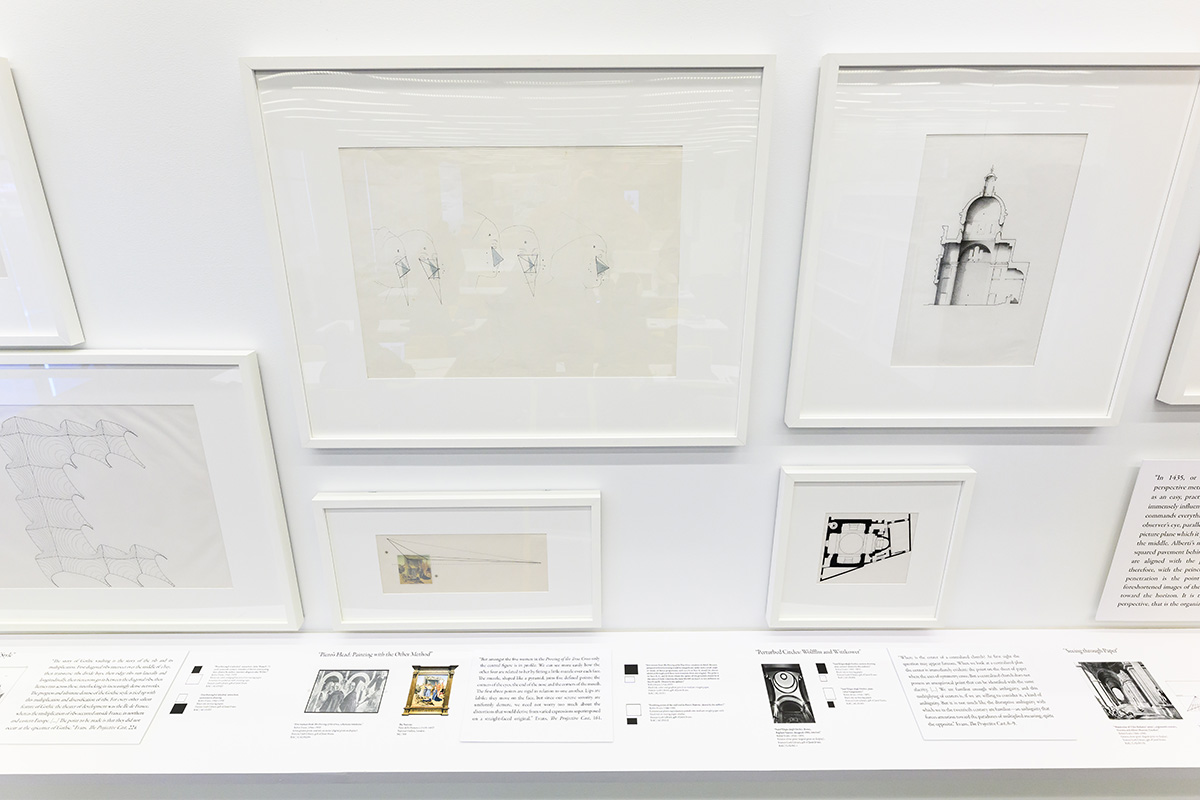Robin Evans: Drawings for Thinking

Drawings played an important part in Robin Evans’s thinking about architectural history. For Evans, making drawings was a way to understand and unravel the relation between idea and form–between the concept of architecture and its implementation.
Even in his earlier career as an architect, before he became a historian, Evans used drawings, collages, and diagrams to help convey his thinking about a diverse range of issues. This can already be seen in his fascination, in his architecture thesis, with piezoelectric materials and diagrams of interference, much like those of electrical circuitry. Later, during the writing of the book, The Fabrication of Virtue: English Prison Architecture, 1750–1840, he developed a series of drawings to help the reader imagine not only the spatial arrangements of a building, but also the significance of important data. Examples of these include his analytic drawing of Dance’s design for the Southwark Compter and the visualization of the expenditure on prison buildings between 1800 and 1830.
But it was Robin Evans’s focus on geometry in The Projective Cast, in particular his research into stereotomy, the art of cutting solids, which provided the opportunity to make and use drawings as a means of deciphering an architectural element or concept. In many ways, Evans revived the sixteenth-century tradition of the trait, the layout drawings made to enable the precise cutting of stone. The use of the trait went hand in hand with the invention of the forms, such as the trompe, that they made possible. Evans’s drawings involve a process of reverse engineering, helping not only to explain the procedures for the construction of particular forms, but also to verify the claims made about them by their designers.
–Mohsen Mostafavi
Robin Evans (1944–1993), was an English architectural historian who taught at the GSD as well as other academic institutions including The Architectural Association School of Architecture, where he had also studied architecture, and The Polytechnic of Central London (now the University of Westminster). Evans received his PhD from the University of Essex with a dissertation on the history of prisons, subsequently published as The Fabrication of Virtue: English Prison Architecture, 1750–1840. His other publications include The Projective Cast: Architecture and Its Three Geometries, and Robin Evans: Translations from Drawing to Building and Other Essays, both published posthumously.







